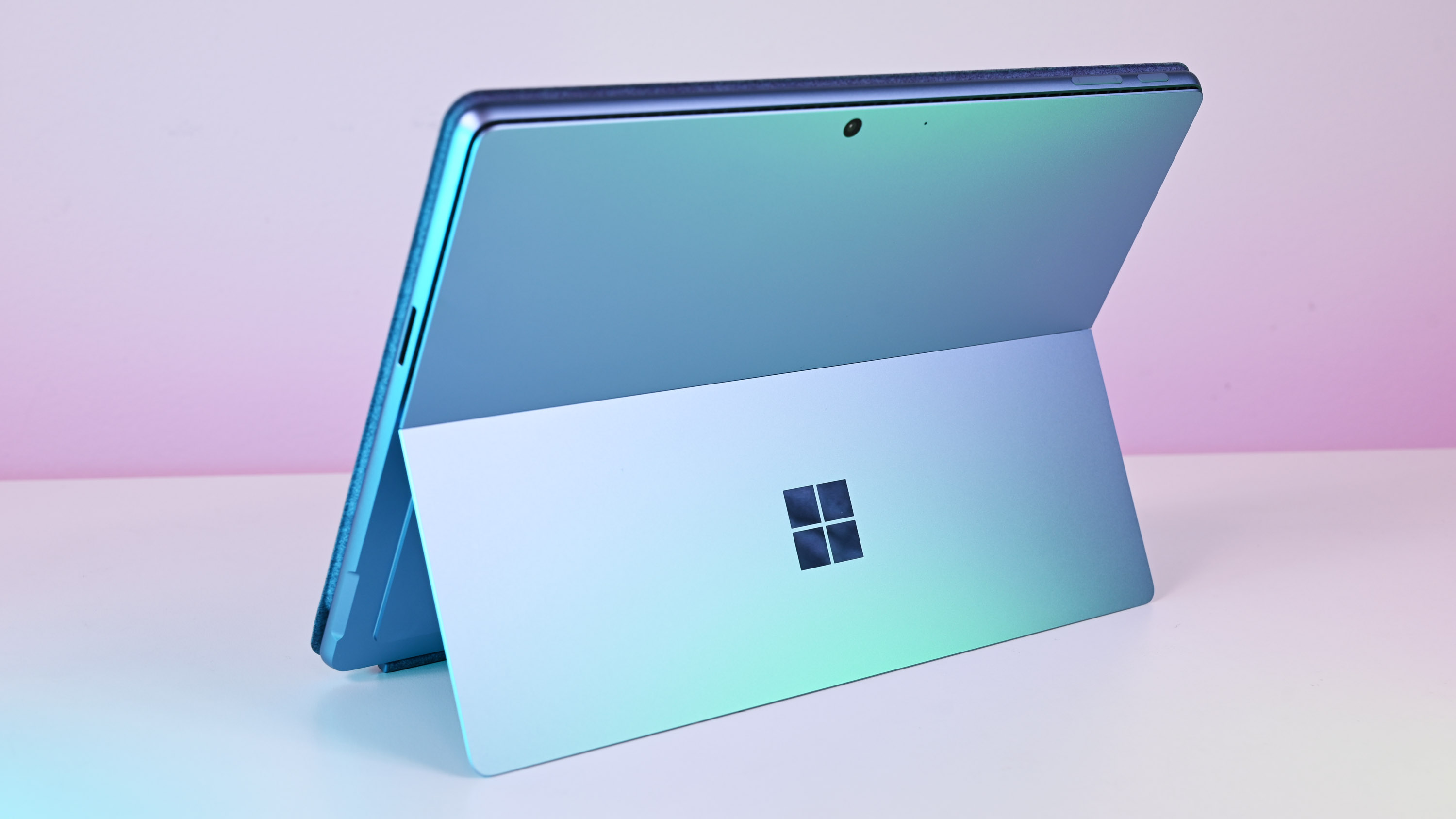Best gaming laptops for playing The Elder Scrolls 4: Oblivion Remastered in 2025
Lenovo Legion Pro 7i (Gen 10) laptop displaying the cover art for The Elder Scrolls 4: Oblivion Remastered.
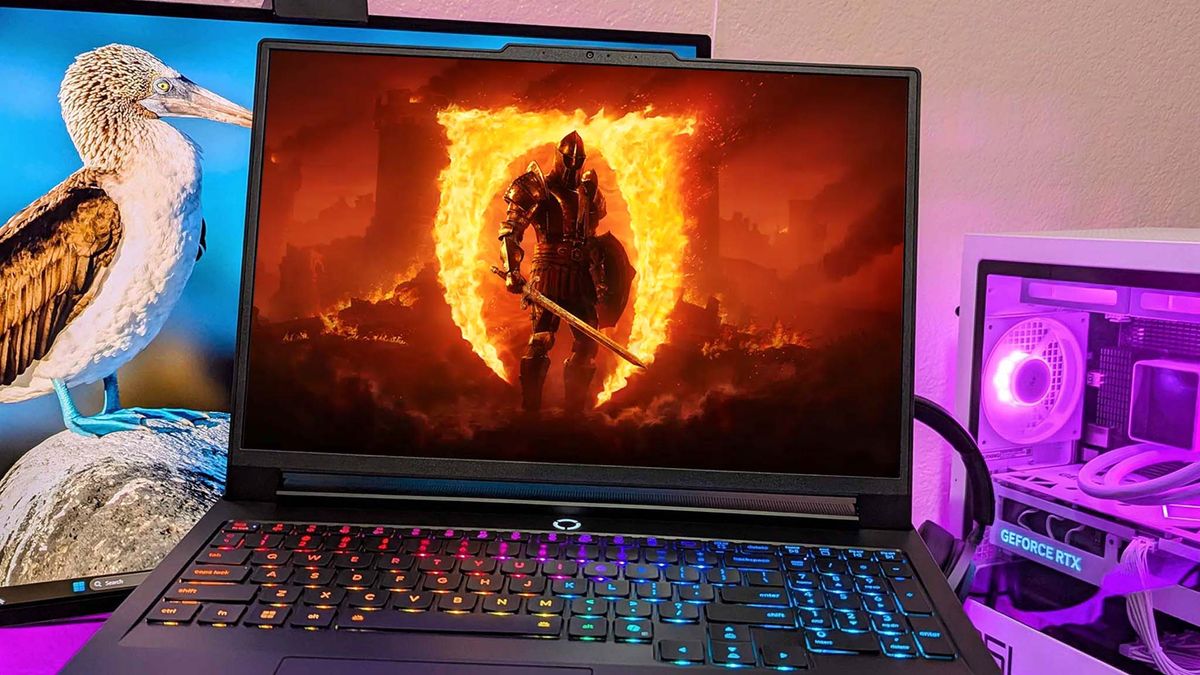
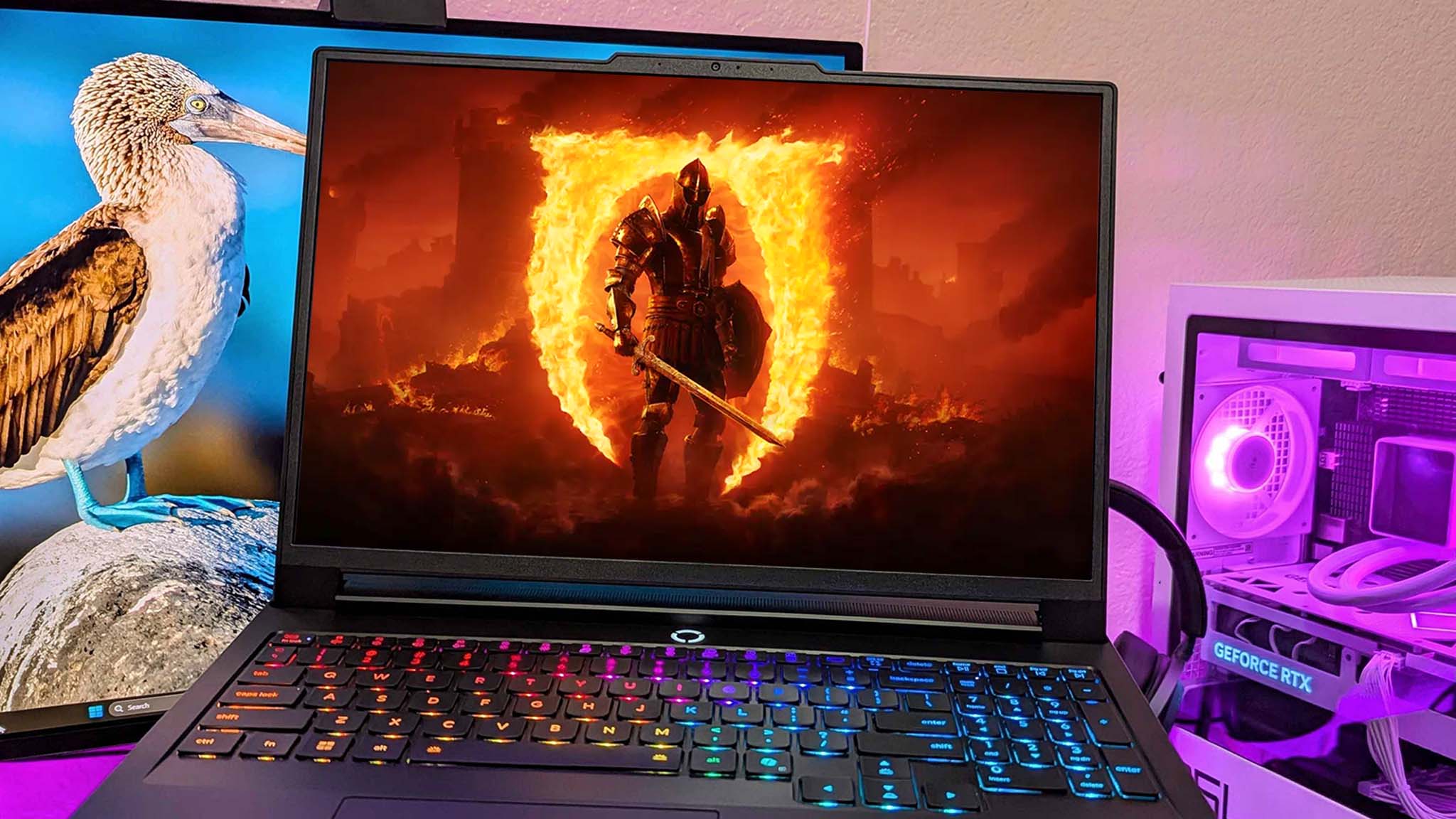
Lenovo Legion Pro 7i (Gen 10) laptop displaying the cover art for The Elder Scrolls 4: Oblivion Remastered.


Lenovo Slim Pro 9i 14-inch laptop
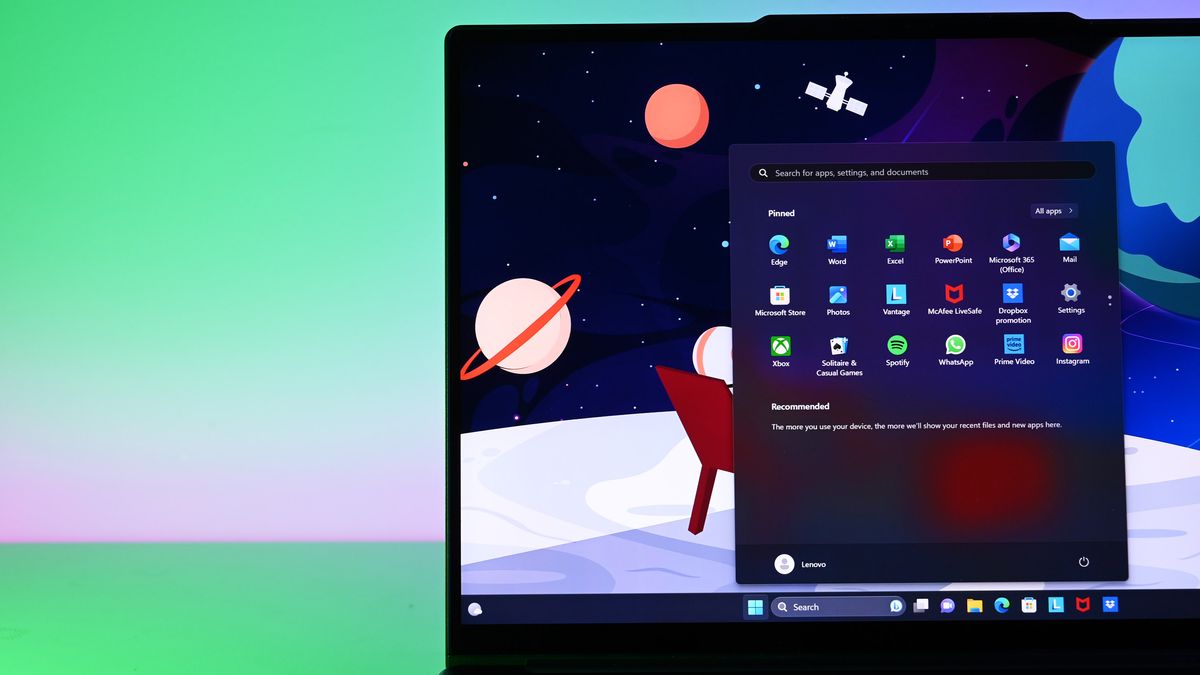

Image of the HP EliteBook Ultra 14 (G1i)'s haptic touchpad.
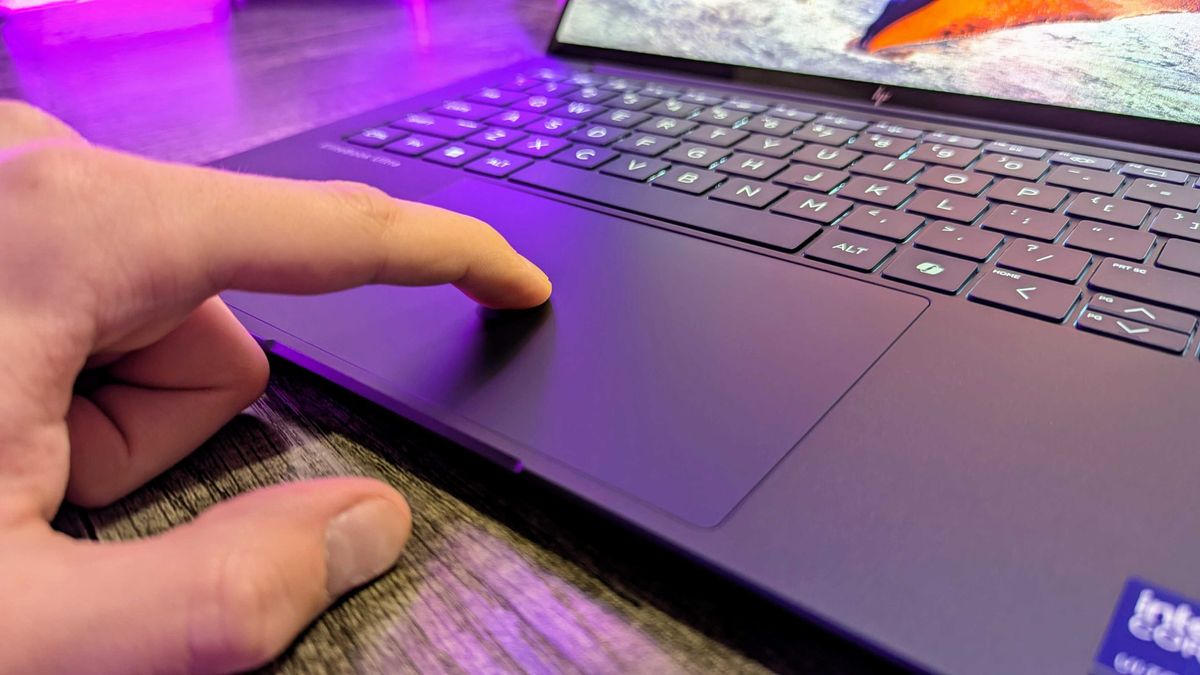
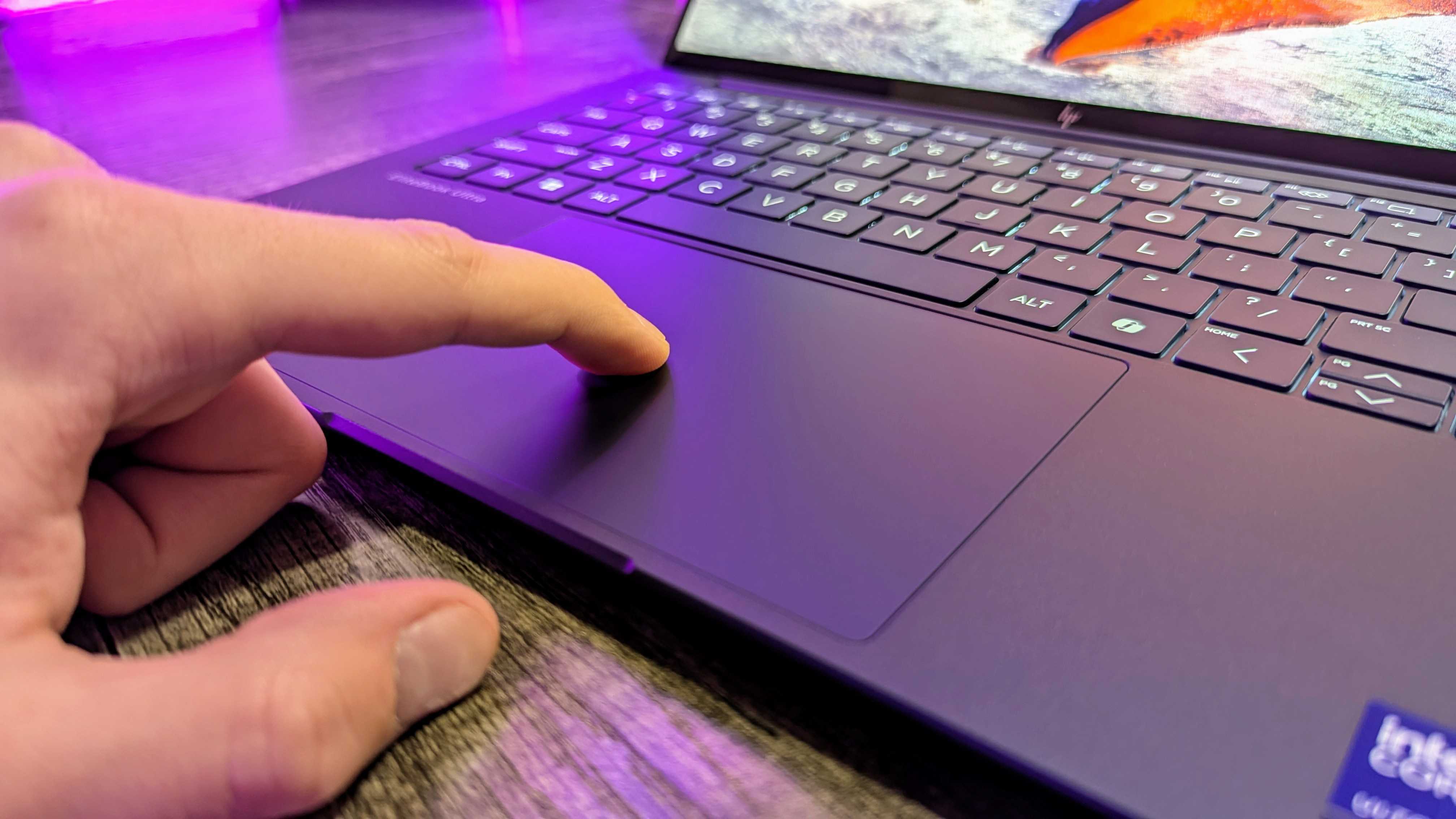
Image of the Lenovo Legion Pro 7i (Gen 10) laptop.
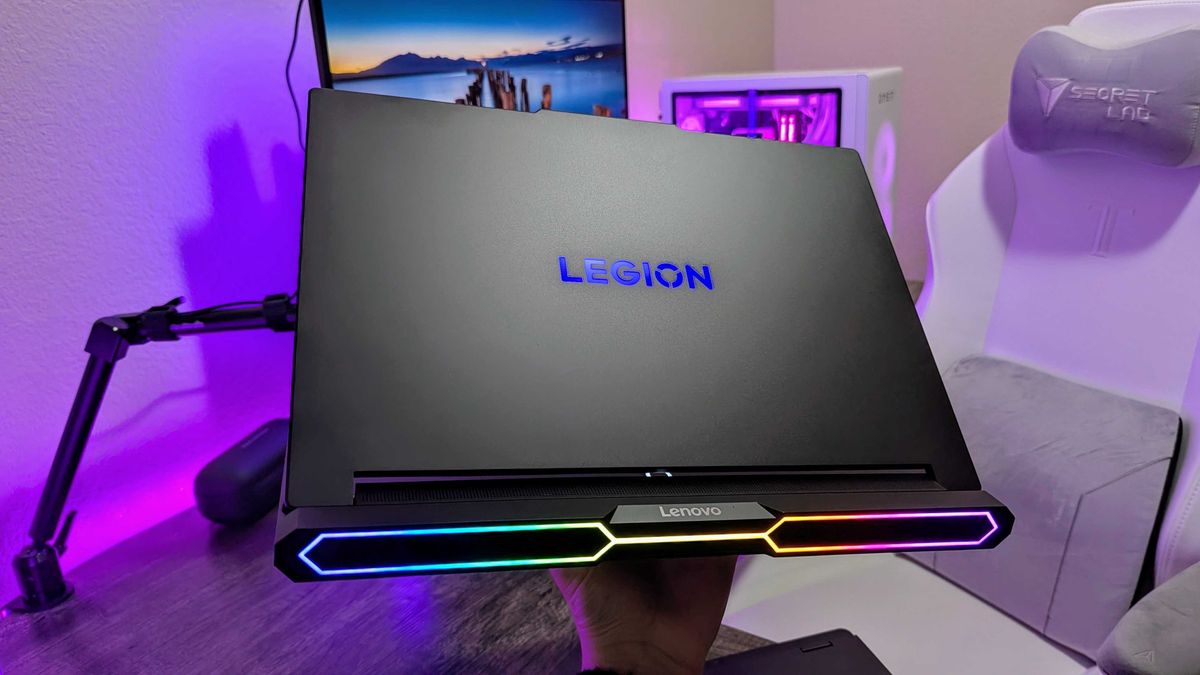
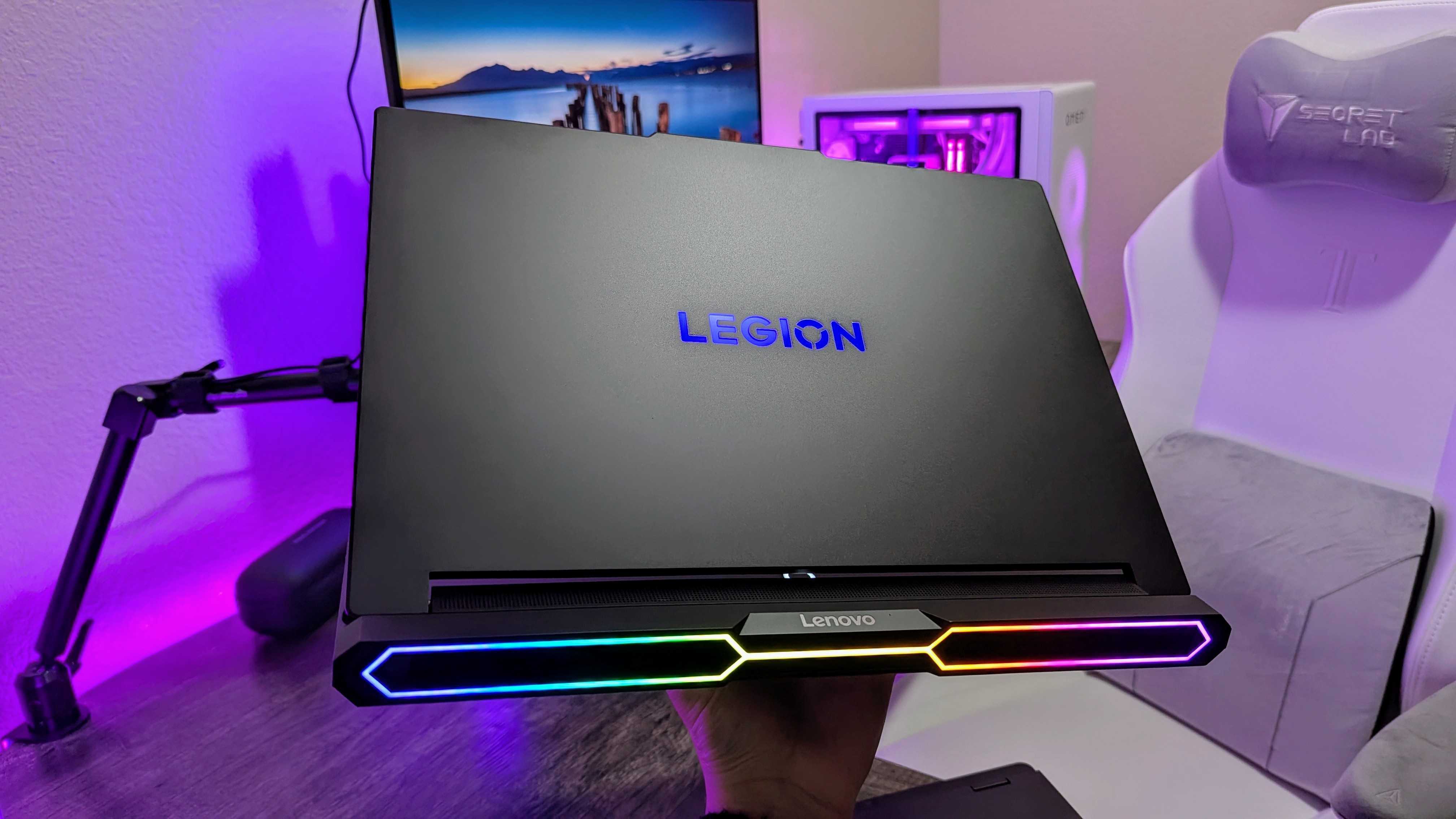
Surface Pro 11
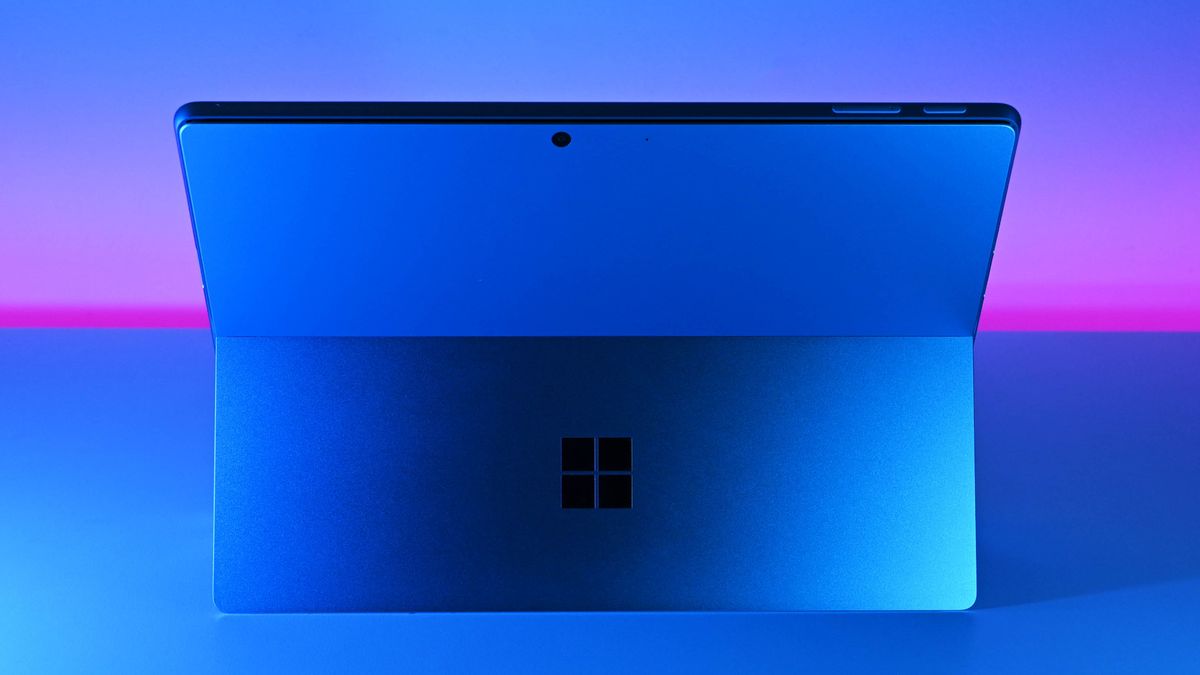

The HP EliteBook Ultra 14 (G1i) being held up by a hand. A Windows Central Editor's Choice award is in the bottom right corner of the image.
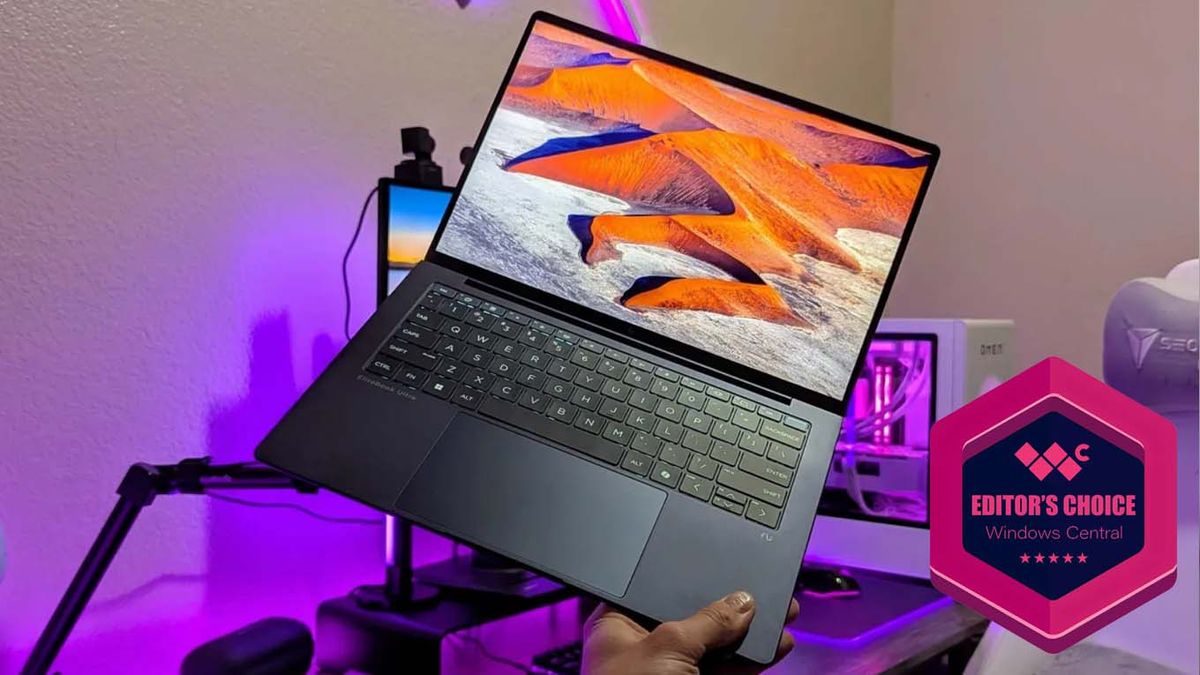
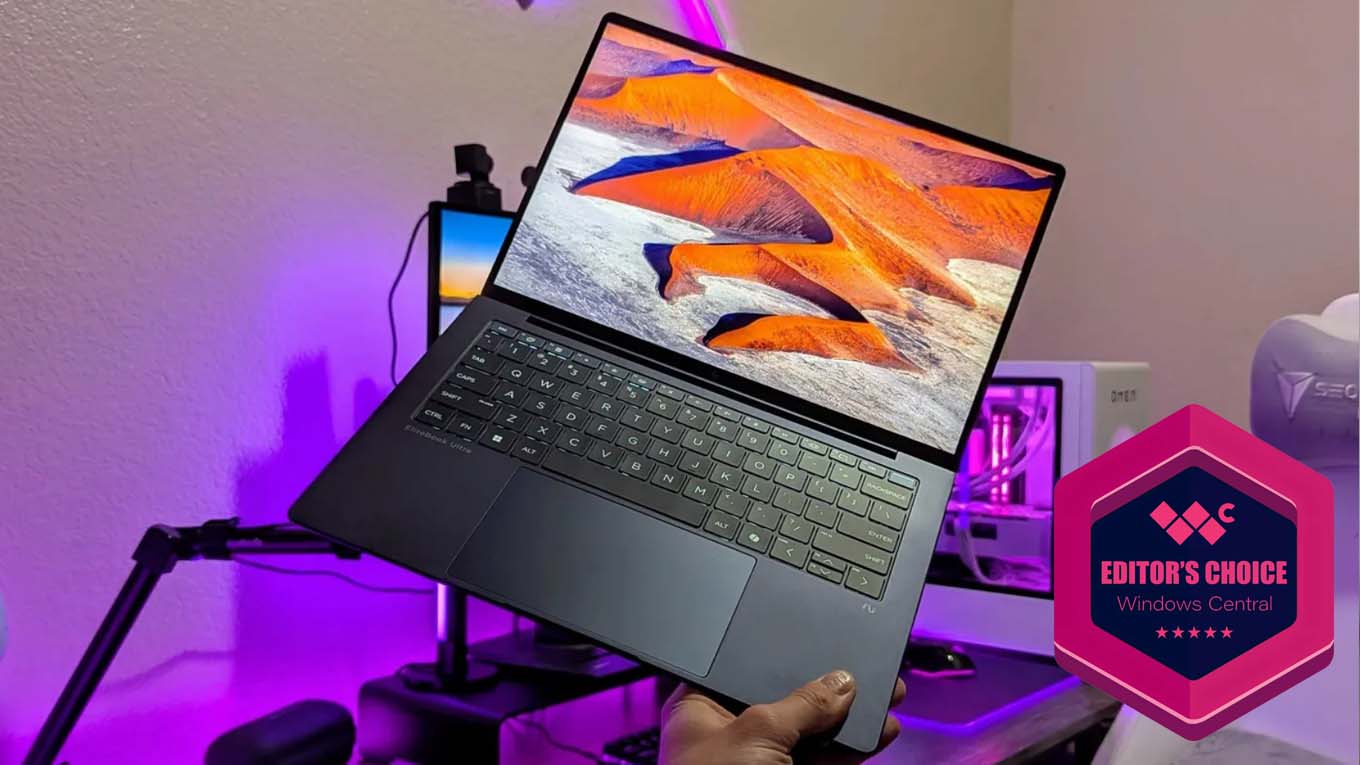
Upgrading laptop RAM
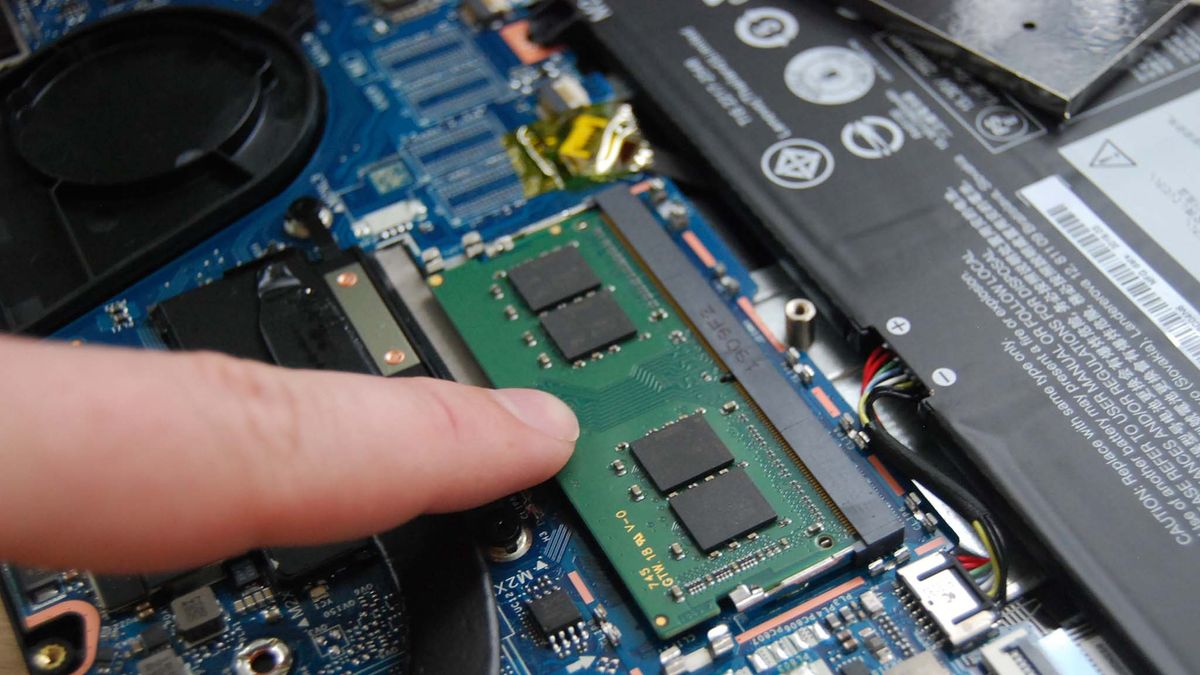

Razer Blade 18 (2025)

Surface Laptop 7
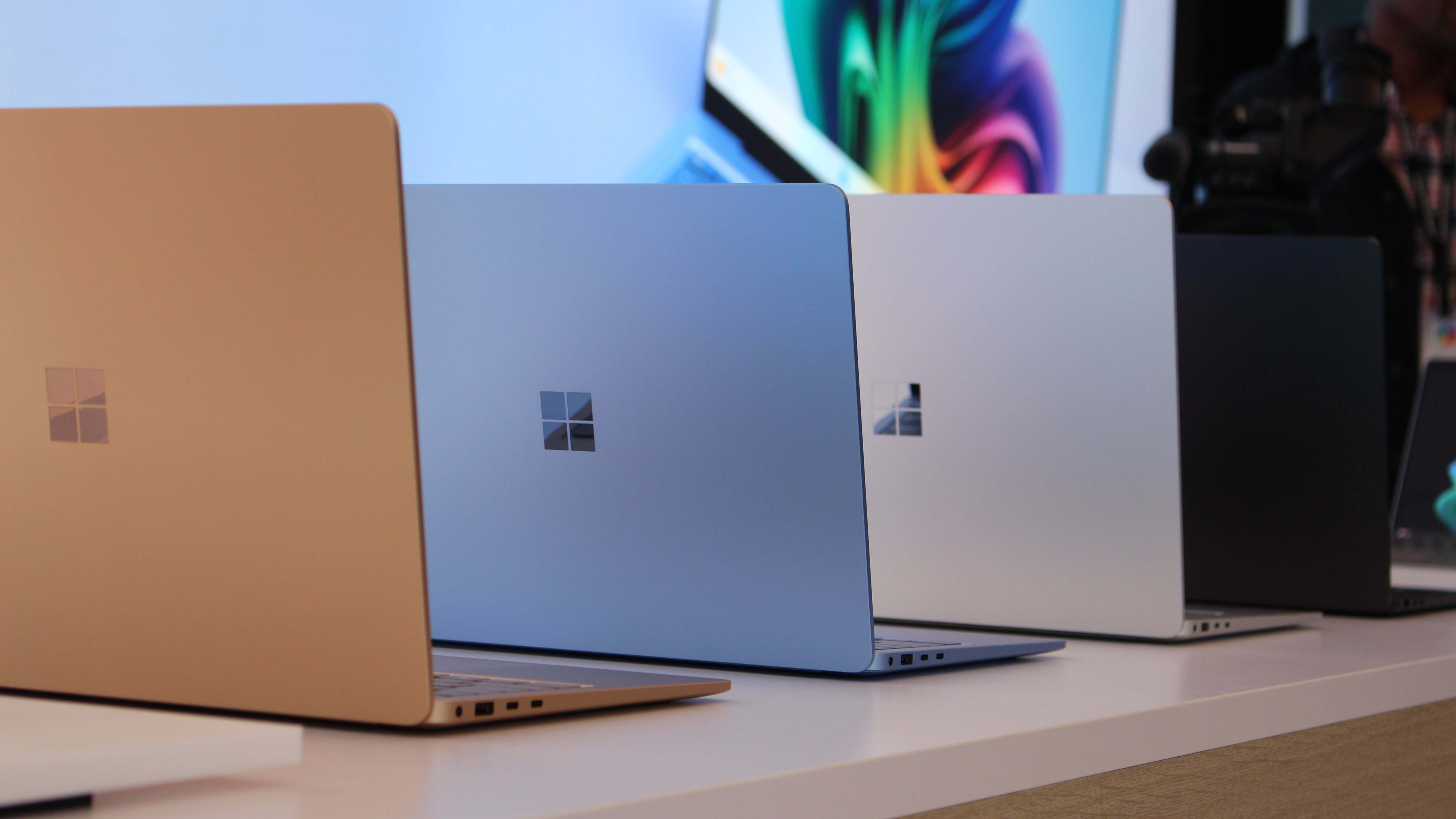
Image of the Lenovo Yoga Slim 9i 14 (Gen 10) and ASUS Zenbook A14 (2025) laptops.
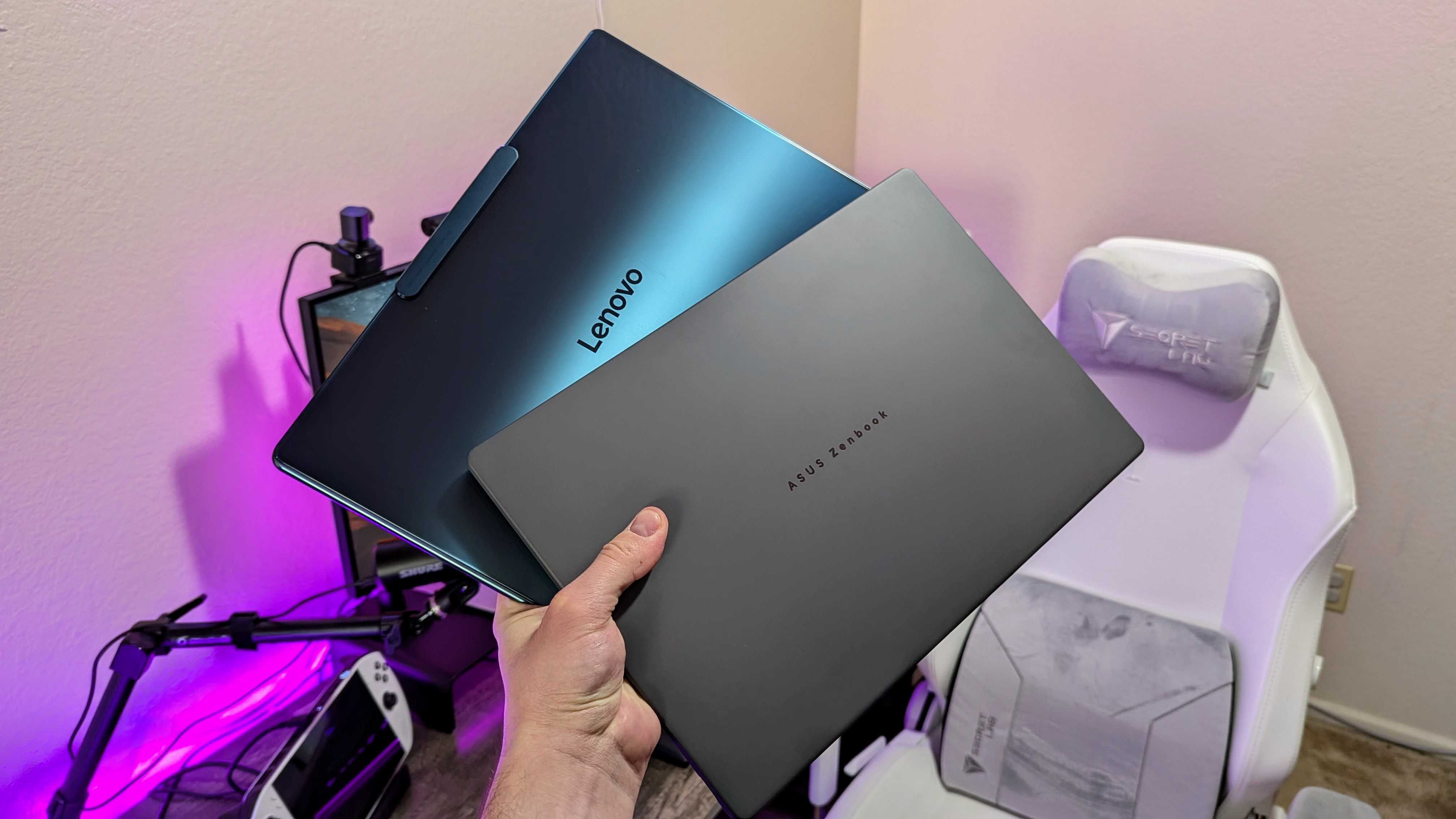
Backside of the Acer Swift 14 AI while it sits on the table and faces right.
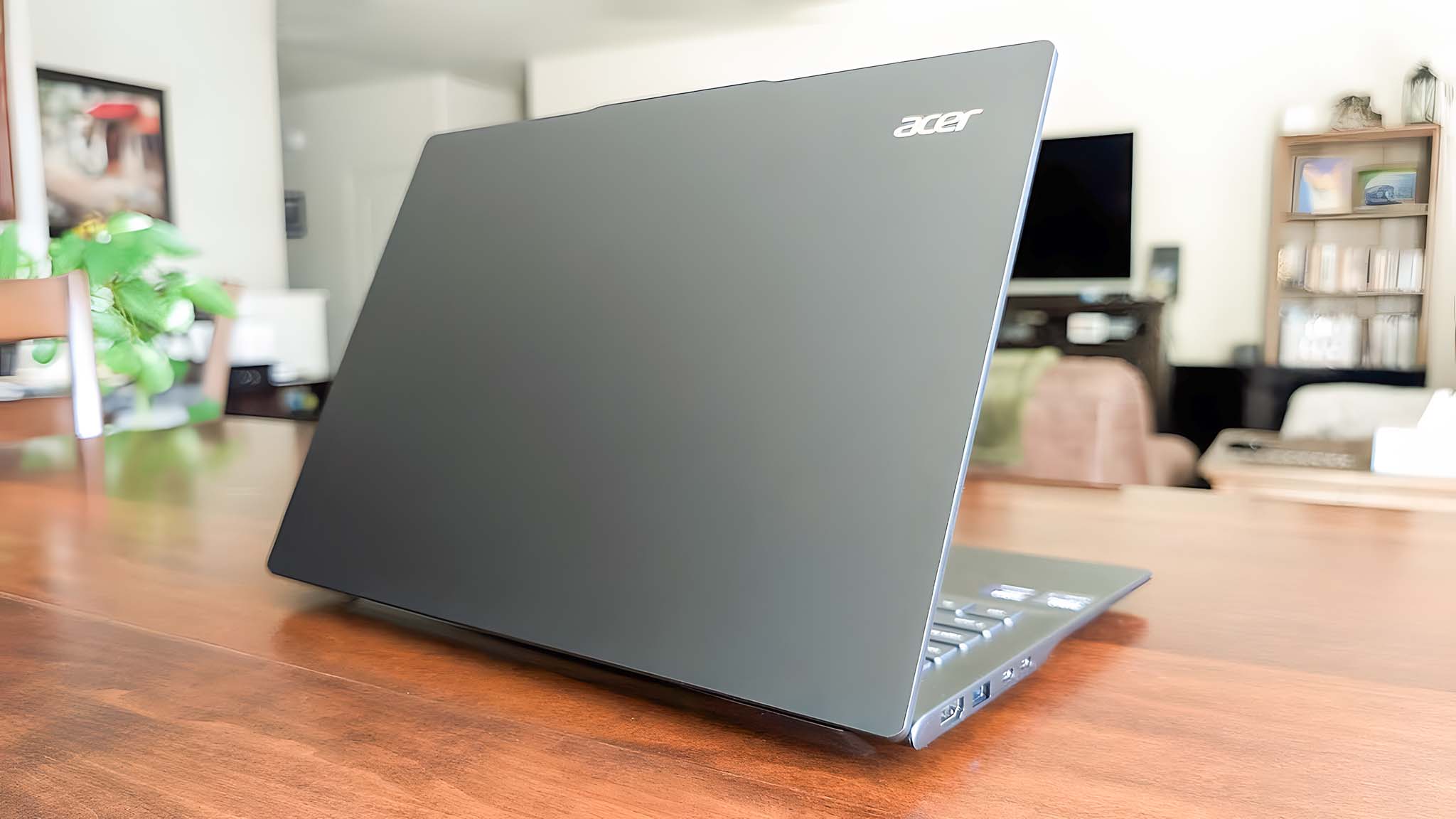
Microsoft Surface Pro 11 with Qualcomm Snapdragon X Elite

The ASUS ROG Flow Z13 (2025) in four positions, including upright with its keyboard attached, upright with its keyboard detached, laying down with its screen up, and laying down with its back up.

The HP OMEN 35L on a desk with its lighting on.

The Razer Kuromi Edition Enki X, Leviathan V2 X, and Kraken Kitty V2 BT.
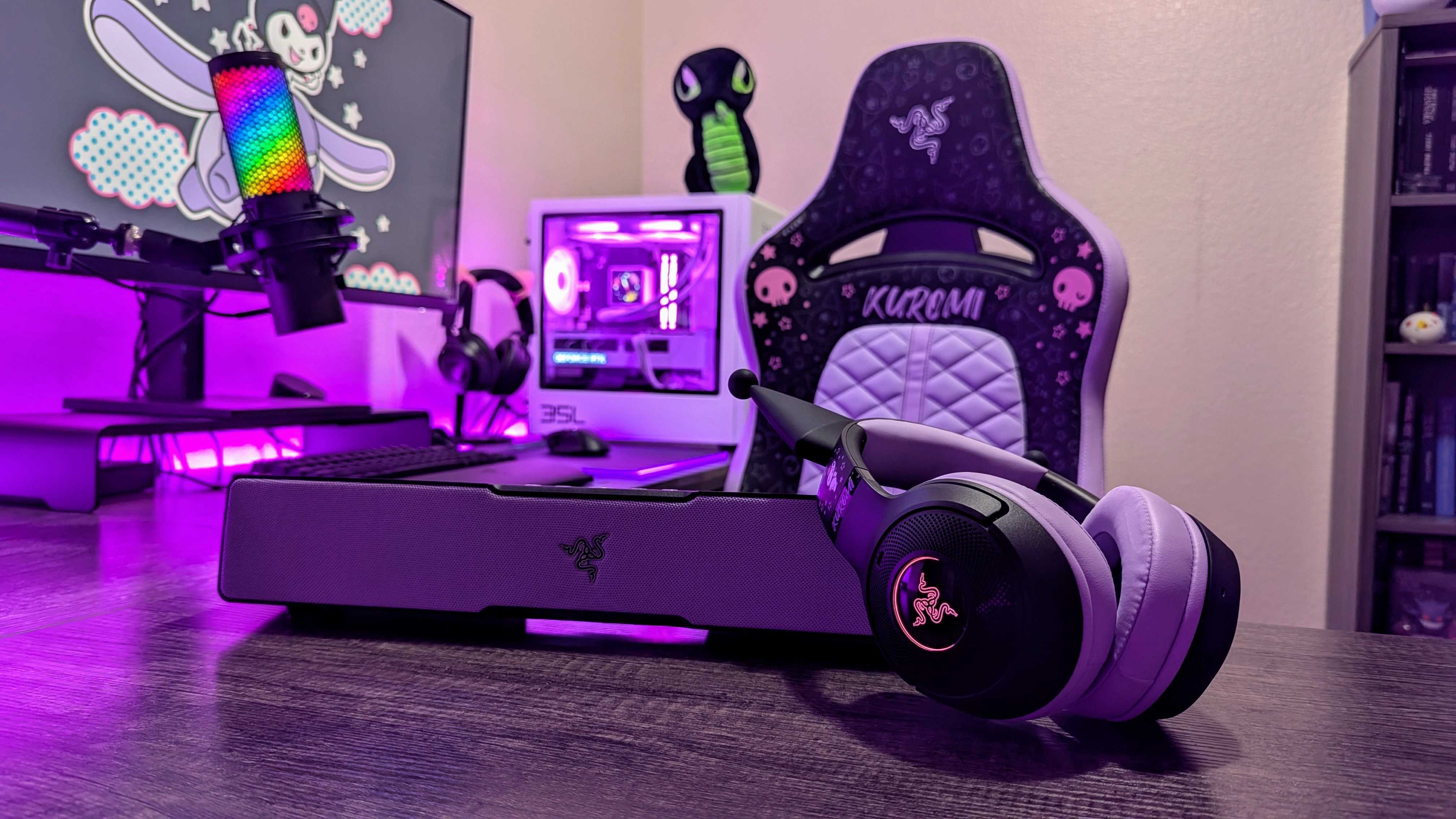
Acer Predator Helios Neo 16 AI


Despite laptops overtaking their towering cousins in market share, these portable computers still lack one vital trait that has kept stationary desktops still relevant today. Desktop computers are, to a very large extent, modular by design, making it easier to upgrade and replace components as needs and technologies change. Sure, some laptops have upgradable RAM and storage, but that’s pretty much all there is to them given certain limitations in design.
Those limitations include the design of the motherboard itself, an all-in-one all-or-nothing object that is pretty much the soul of a computer. Intel, however, is proposing a rather ground-breaking change that will help make these components more repairable and less wasteful. If followed by its partners, it won’t just kick off a new age of modular laptops, it could even give Intel and AMD a huge edge over their Arm-based rivals such as Qualcomm and, of now, Apple.
Designer: Intel
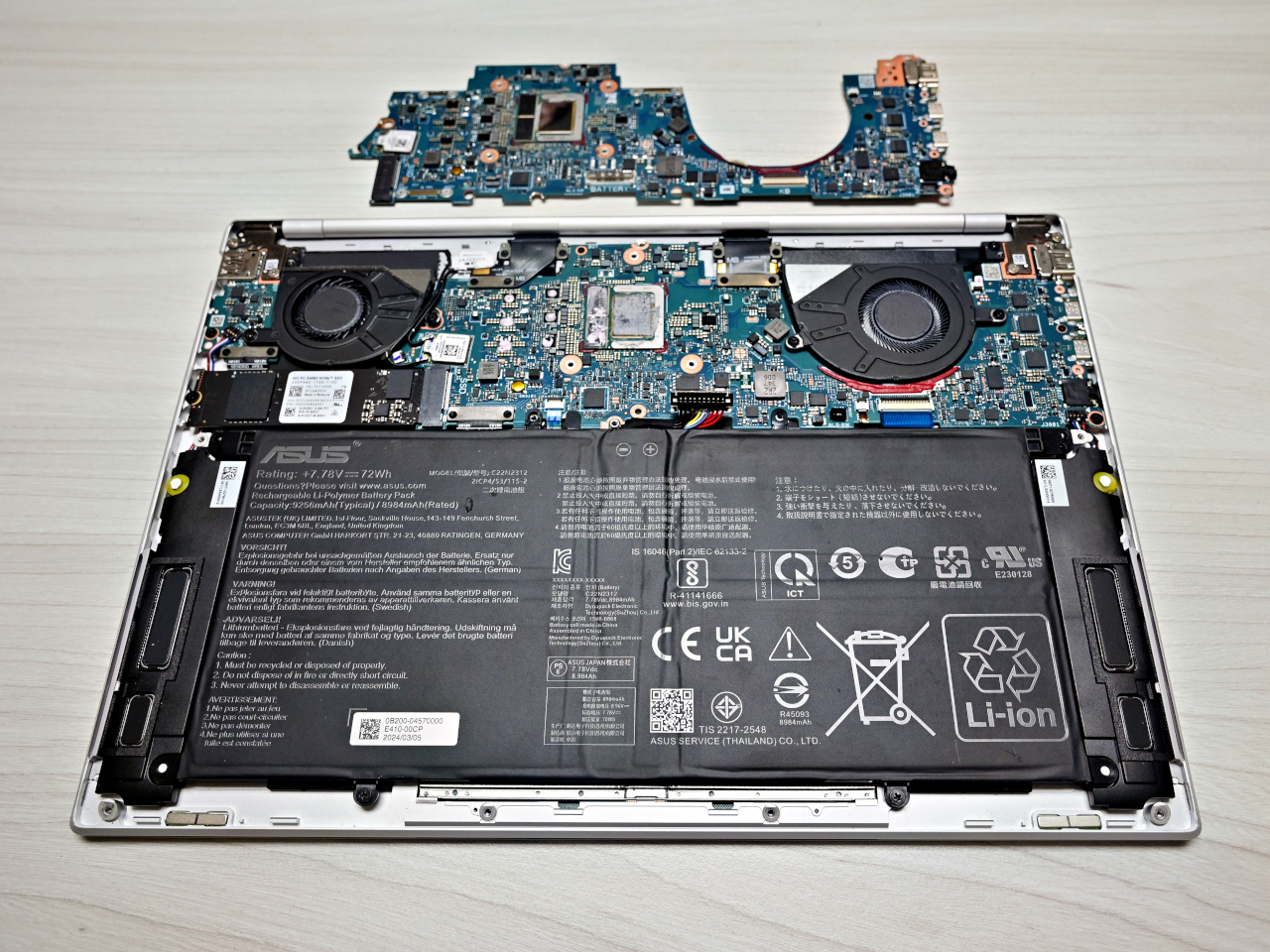
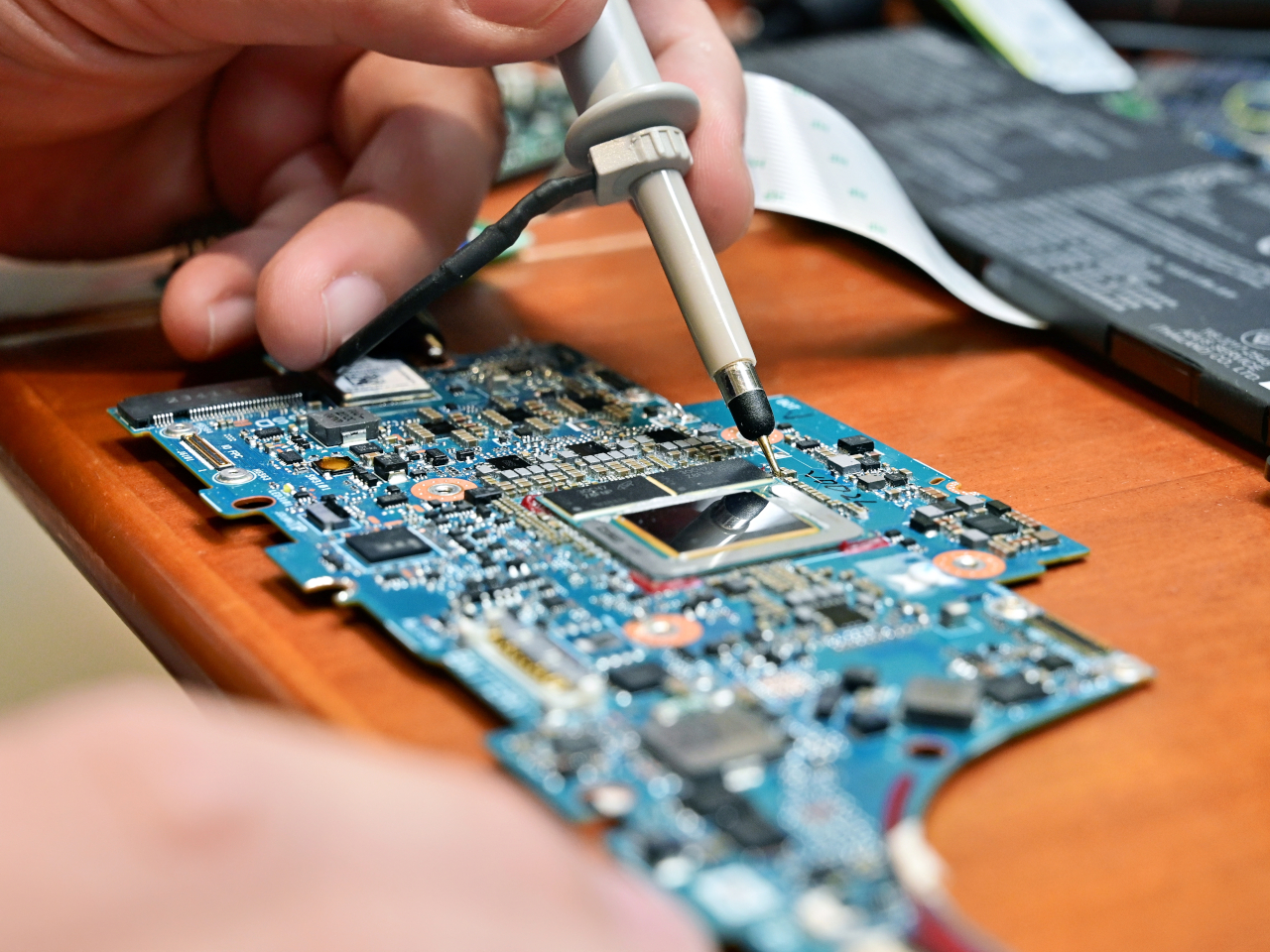
The difference in motherboards between desktops and laptops is like night and day. Desktops follow an industry convention that has been shaped over decades, allowing components from rival companies to be mixed and matched as the consumer desires. Laptop motherboards, on the other hand, are often designed based on brand needs and whims. More importantly, they come as a whole package, with many parts soldered onto the board, including the ones that get worn out faster than others.


Intel’s proposed guidelines try to split the laptop motherboard into three distinct parts, two of which would hold the I/O or input out components such as USB and HDMI ports. The third would be where the core silicon is located, specifically the CPU and the GPU, among others. The modularity would allow different affected parts to be replaced if broken or, if desired, even upgraded, without throwing away the rest of the motherboard.

Those guidelines also have something for mini PCs, which are like the middle child between desktops and laptops. In this matter, the CPU and motherboard are separated from the graphics card and other components, making it easier to swap out GPUs or CPUs in the future. The growing popularity of mini PCs, partially thanks to the Mac mini and Mac studio, could be the driving force behind this initiative. Ironically, Intel itself has given up on the form factor, licensing its “NUC” brand to ASUS.
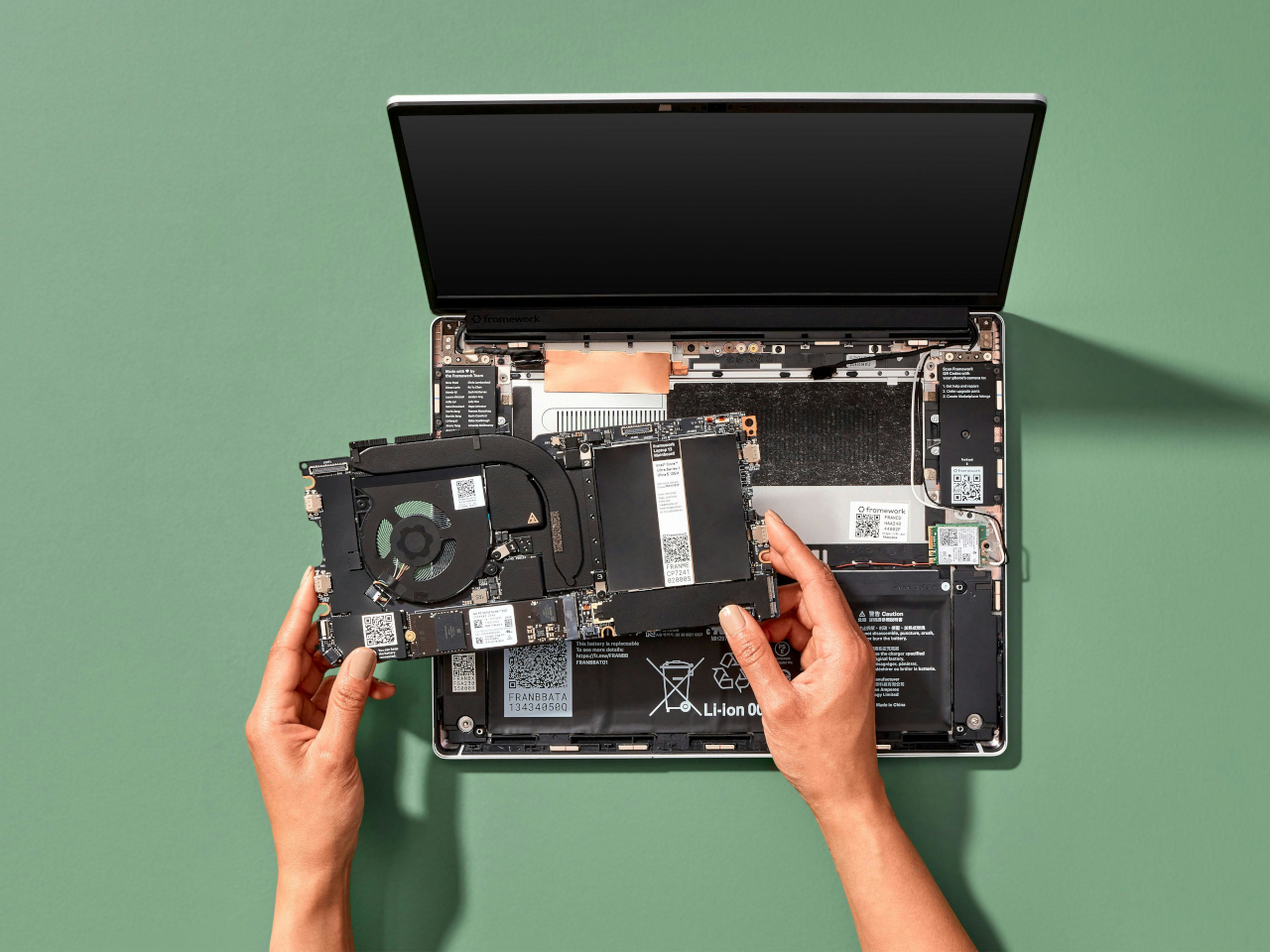
Designer: Framework
These guidelines might be ideal for reducing e-waste and promoting the right to repair, but it still all depends on whether other players are willing to play ball. Laptop manufacturers might be hesitant to do the work redesigning their laptops, and Intel’s rival AMD might not be keen to cooperate either. It’s still a distant dream, but one can already have a foretaste of the future today with the Framework laptops, proving that it can indeed be done with the right design.
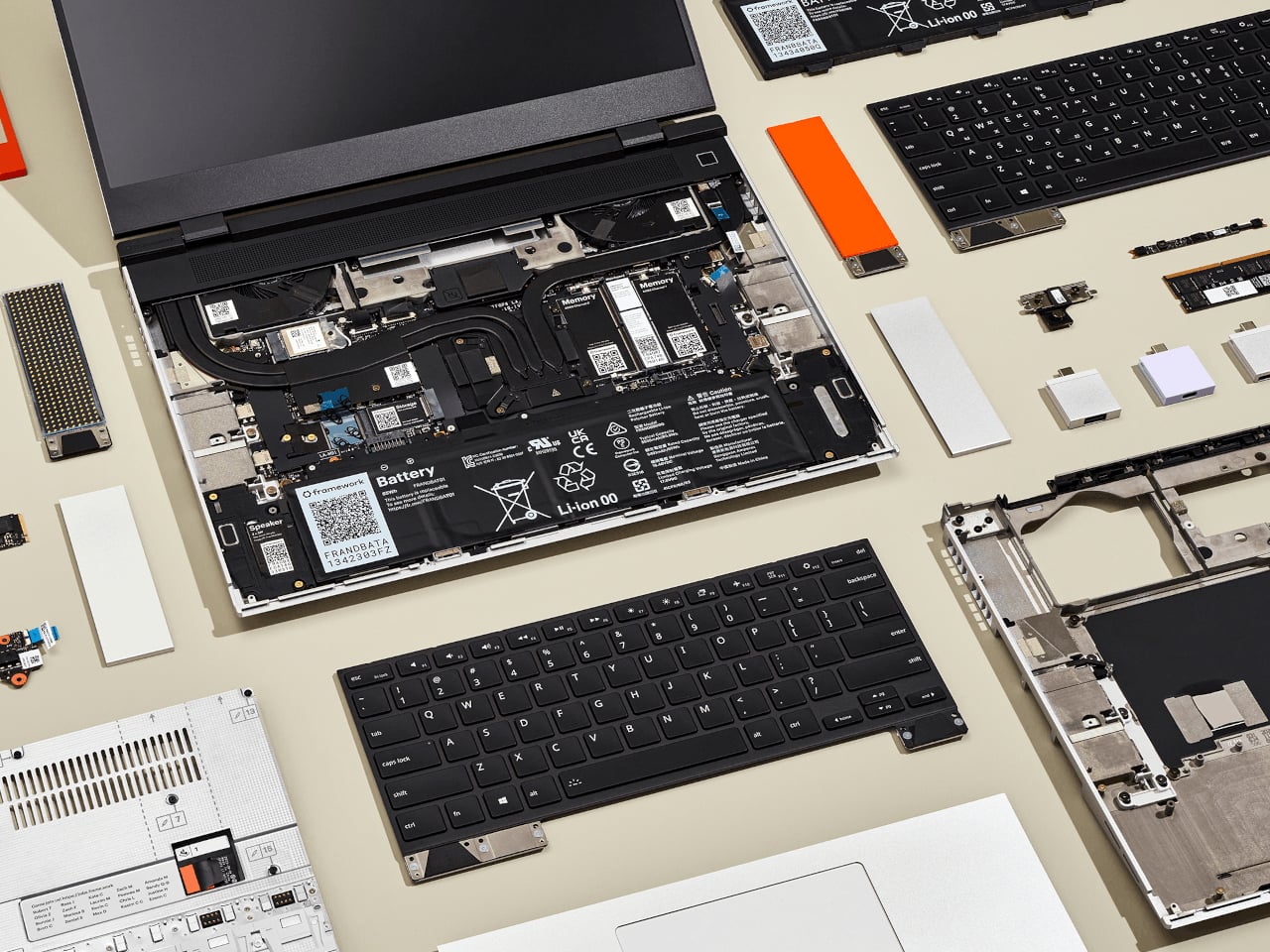
The post Modular laptops and mini PCs might be around the corner thanks to Intel first appeared on Yanko Design.
Microsoft Surface Pro 11 with Qualcomm Snapdragon X Elite
